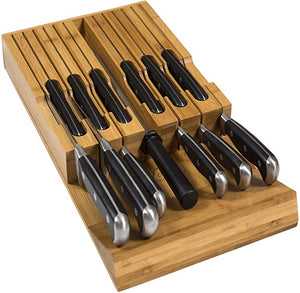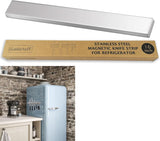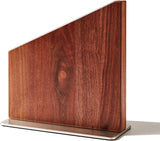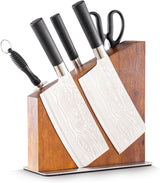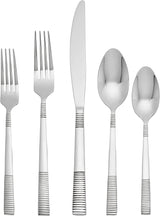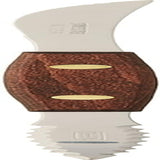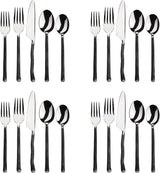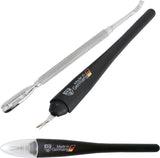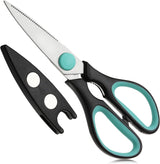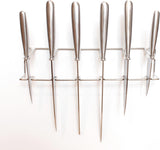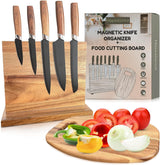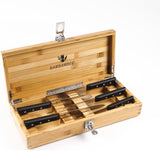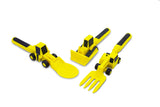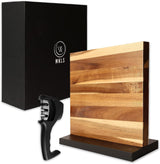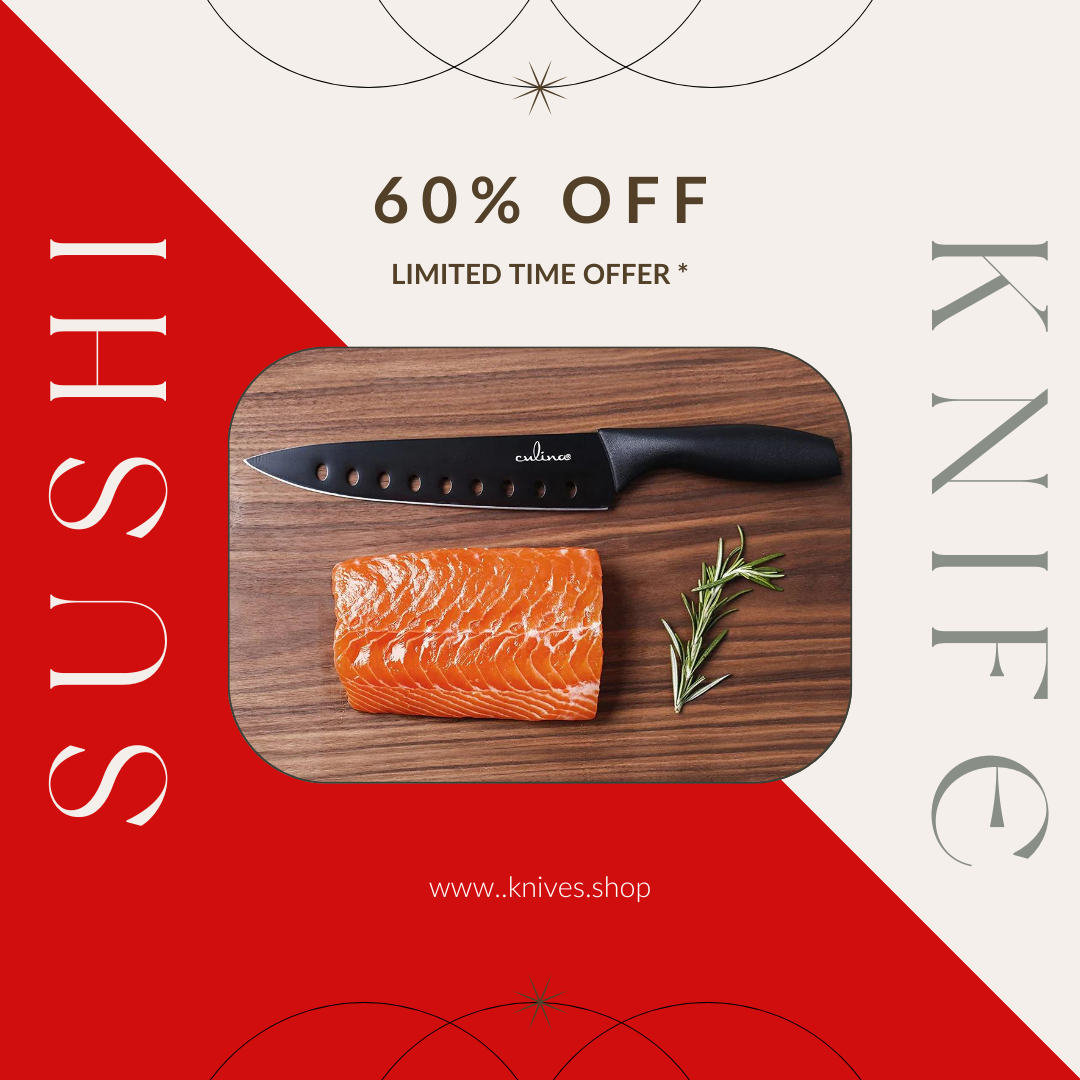In the world of culinary craftsmanship, some terms repeatedly surface when discussing quality kitchen knives. One of these essential terms is full tang construction. For kitchen professionals and home chefs looking for durability and balance in their cutlery, understanding knife anatomy and particularly the advantages of full tang is vital. This blog will delve deeply into what makes knives with a full tang superior to other types, their impacts on cutting precision, and how they contribute to the overall experience of cooking.
Why is full tang construction so revered in the culinary community? The answer lies in the increased balance, strength, and durability it provides. But before we get into the how's and why's let's uncover what a full tang actually is.
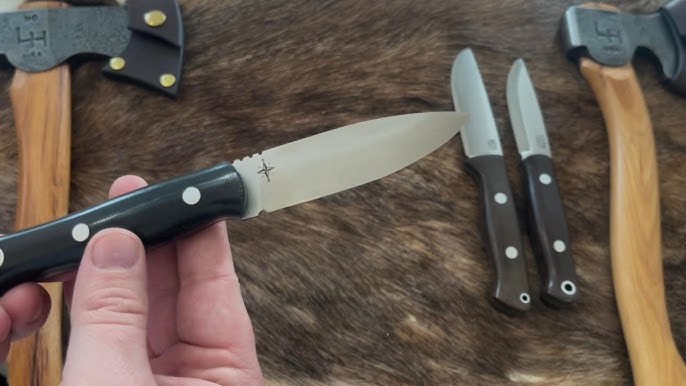
Understanding Full Tang Construction
A full tang means that the knife is constructed in such a way that its solid piece of metal extends all the way through the handle. This metal piece forms the blade and continues to the butt of the knife, providing integral support to the structure of the knife. Having a blade and handle as a continuous piece means that they work together seamlessly, making them less likely to break or separate during heavy use.
Components of a Full Tang Knife
The anatomy of a full tang knife is quite enthralling. Here are some of the significant components:
- Blade: It's not only about sharpness but also the steel's resilience. A full extension of the blade that runs through the handle offers optimal control during slicing tasks.
- Handles: Typically riveted or secured in a way that ensures integrated strength and little to no flex, giving the user enhanced grip and stability.
Want to read more about knife anatomy? Check out the Anatomy of a Fixed Blade Knife.
The Benefits to Kitchen Professionals
Full tang construction offers a myriad of benefits that make them a prized possession for culinary experts. Heres why kitchen professionals swear by them:
Improved Stability
The balance provided by a full tang knife translates into an intuitive and seamless experience while cutting. Whether dicing a tomato or tackling a tough squash, the knife provides reliable precision with each slice, reducing hand fatigue and improving accuracy.
Durability and Longevity
With the metal running through the entire length of the handle, full tang knives are notably more durable than partial tang knives. This construction form is predominantly why chefs often choose them as their knives for life.
If you are interested in knowing how handle materials can affect knife performance, learn more about Leather Handle Fixed Blade Knives and their benefits.
Enhanced Safety
Safety in the kitchen is paramount. The integrated structure of full tang knives minimizes the risk of the handle breaking or the blade detaching, ensuring safety from injury.
Making the Right Choice
For those looking to invest in high-quality knives, understanding the different types of knives and their construction is imperative. Beyond just full tang vs partial tang, chefs should consider factors like handle material, weight balance, and edge retention.
Check our What Makes Stainless Steel Steak Knives a Popular Choice Among Chefs article for more insights on knife materials.

FAQ on Full Tang Construction
What is a full tang knife?
A full tang knife is one where the blade's metal continues through to the back of the handle, offering overall strength and better balance.
Why do chefs prefer full tang knives?
Chefs prefer them for their durability, stability, and the control they provide, which is vital during intricate slicing tasks.
Are there disadvantages to a full tang knife?
The primary drawback is often the weight; they can be heavier than other knives, which might not be suitable for long periods of use for some.
For more information and choices, explore the Best Fixed Blade Knives that include full tang construction.
This article contains affiliate links. We may earn a commission at no extra cost to you.
